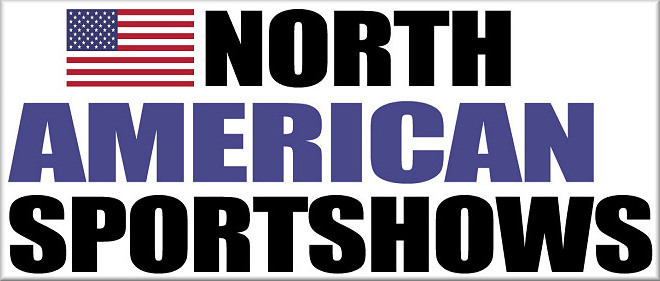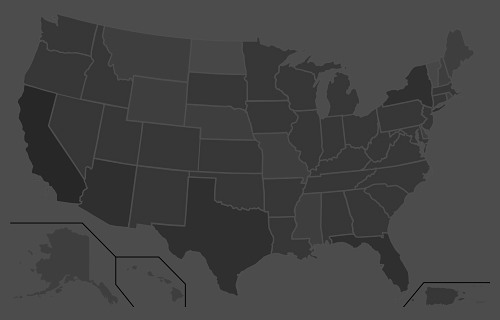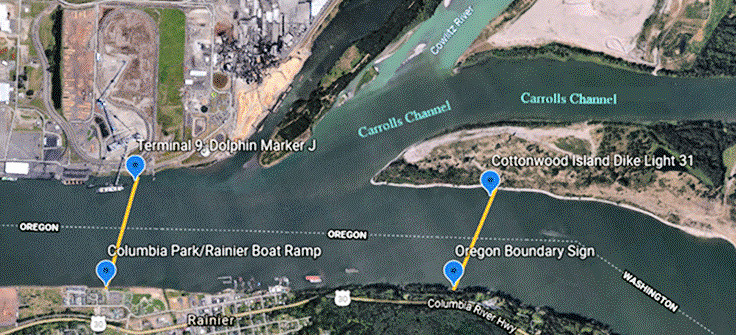“Our added winter moisture and active calling period led to a very long nesting and hatching season, starting in late April and extending into early summer, with chicks hatching as late as early July,” O’Dell said. “From a population standpoint, we are out of a deficit for the first time since 2001-2002. Quail are starting to pop up in places they haven’t been seen in a while.
“If you’ve never had the chance to experience what Arizona quail hunting built its name on, then this would be the year to get out and enjoy it.”
Meanwhile, hunters should note that the season for Mearns’ quail doesn’t begin until Dec. 4. It’s summer rainfall that plays a key role in nesting success and population numbers of this species. After a spotty and relatively weak monsoon across southern Arizona, these birds are likely to be abundant only in pockets that received sufficient precipitation this summer.
A valid Arizona hunting or combination hunt and fish license is required for all hunters 10 and older. Those hunters under 10 must either have a valid hunting or combination hunt and fish license, or be accompanied by an adult who possesses a valid hunting or combination hunt and fish license. Licenses can be purchased online or at license dealers statewide. A youth combination hunt and fish license (ages 10 to 17) is $5.
The general bag limit is 15 quail per day in the aggregate, of which no more than eight may be Mearns’ quail (when the Mearns’ season opens Dec. 4). The general possession limit is 45 quail in the aggregate after opening day, of which no more than 15 Gambel’s, scaled or California quail in the aggregate may be taken in any one day. After the opening of the Mearns’ season, the 45-quail possession limit may include 24 Mearns’ quail, of which no more than eight may be taken in any one day.
More quail-hunting information can be found on the department’s website at https://www.azgfd.com/Hunting/. Another resource for both new and experienced hunters alike is “An Introduction to Hunting Arizona’s Small Game.” Written by Randall D. Babb, the 196-page, full-color book covers where and how to hunt small game birds (like quail), squirrels, rabbits, ducks and geese. It also includes how to prepare and cook your harvest, with illustrations and recipes. The book can be ordered for $16.95 at www.azgfd.gov/publications.
Finally, hunters should check out O’Dell’s techniques for field-dressing quail at https://www.youtube.com/watch?v=3gRwZAcWzzk.
####
Publishers Notes: OUT OF STATE HUNTERS, FISHERMEN & OUTDOOR ENTHUSIASTS; Due to the Covid 19 pandemic, there could be limitations for OUT of STATE hunters, fishermen and other outdoor enthusiasts to include a 14-day quarantine requirement or negative COVID-19 testing alternative. Please check with the State's Department of Natural Resources BEFORE you travel or apply for the 2020 Fall Hunts.
Disclaimer: The views expressed on this site are that of the authors and not necessarily that of TBC Press
States Set 2021 Columbia River Spring Chinook Recreational Seasons
Submitted by: TBC Press
Posted on: 02/27/21
The Backcountry Press
The country's premier daily HUNTING, FISHING & OUTDOOR news in the USA and around the globe. Read whats happening in your neck of the woods & beyond.
© 2020 TBC Press - All Rights Reserved Website Design by:
News # 14238
The fishery downstream of Bonneville Dam will be managed for a harvest guideline of 2,206 upriver Chinook (kept plus release mortalities) prior to an in-season run size update. Upstream of Bonneville Dam, the pre-update harvest guideline is 315 upriver mortalities.
Columbia River spring Chinook salmon seasons are driven by Endangered Species Act limitations and a management agreement between the states and Columbia River Treaty Tribes specifying the total number of upriver-origin Chinook that can be killed. Therefore, open dates can change during the season if/when guidelines are expected to be met. Always check your Angling Zone in ODFW’s Recreation Report /Fishing Report before fishing to make sure regulations haven’t changed, https://myodfw.com/recreation-report/fishing-report/
Anglers are reminded that the use of barbless hooks is required when angling for salmon or steelhead in mainstem Columbia River waters from the mouth upstream to the OR/WA state line.
The following regulations will be in effect for the mainstem Columbia River:
Below Bonneville Dam
- Season: Monday, March 1 through Sunday, April 4
- Bag limit: Two adult hatchery salmonids (Chinook or steelhead) per day, but only one may be a Chinook.
- Open area: Buoy 10 line upstream to Beacon Rock (boat and bank) plus bank angling only from Beacon Rock upstream to the Bonneville Dam deadline, except salmonid angling from a boat is prohibited in the spring salmonid boat angling area closure adjacent to the Cowlitz River mouth.
Spring Salmonid Boat Angling Area Closure: Boat angling for salmon and steelhead is closed within the Columbia River mainstem adjacent to the Cowlitz River, including all of Carrolls Channel, as described below.
Fishery managers from Oregon and Washington adopted recreational spring Chinook salmon and steelhead seasons for the Columbia River today during a joint state hearing. These regulations modify the current rules which are in effect through Feb. 28 downstream of Bonneville Dam and through March 15 upstream of Bonneville.
The lower Columbia River (from Buoy 10 to Warrior Rock) will be open for the first time since 2018. Also, a no-boat-angling bubble will be in effect on the mainstem at the Cowlitz River mouth (as well as Carrolls Channel in Wash.) to provide additional conservation measures for fish returning to the Cowlitz River.
The overall forecasted return of adult spring Chinook to the Columbia River mouth of 143,200 fish is similar to last year’s actual return of 142,500. However, the season-setting process is driven by the forecast for upriver-origin spring Chinook of 75,200 fish, which is lower than last year’s actual return of 81,300. Returns to the Cowlitz, Kalama, and Lewis rivers are projected to meet hatchery escapement goals which allows for opening of the fishery throughout the lower Columbia River.
- Downstream boundary – From a point on the Washington shore projected through Dolphin Marker J (near Shipping Terminal 9), southerly across the Columbia River to the Columbia Park Boat Ramp in Rainier, Oregon.
- Upstream boundary – From a point on the Washington shore projected through Cottonwood Island Dike Light “31”, southerly across the Columbia River to a deadline marker on the Oregon shore.
<-- For Larger View Click on Image
Bonneville Dam to Oregon/Washington Border
- Season dates: Tuesday, March 16 through Wednesday, May 5
- Bag limit: Two adult hatchery salmonids (Chinook or steelhead) per day, but only one may be a Chinook.
- Open area: Tower Island power lines (approximately six miles below The Dalles Dam) upstream to Oregon/Washington border, plus the Oregon and Washington banks between Bonneville Dam and the Tower Island power lines
Sandy, Clackamas, and lower Willamette rivers -- Fishery managers are forecasting 50,000 adult Willamette-origin Chinook will return, which would be an increase from last year’s actual return of approximately 46,000 fish. These rivers will be open under permanent regulations—except two rods are allowed March 1-August 15 when fishing for all species except sturgeon on the lower Willamette River downstream of Willamette Falls (including Multnomah Channel) and in the lower Clackamas River downstream of the Hwy 99 Bridge (just upstream of the confluence with the Willamette) with a valid two-rod validation.
The two-rod validation costs $28 and is also valid in most ponds and lakes in the state. Youth anglers under age 12 may use two rods in waterbodies where they are allowed without purchasing the validation.
Select Area Recreational Fisheries (Youngs Bay and Blind Slough/Knappa Slough) -- Effective March 1 through June 15, on days when the mainstem Columbia River recreational fishery below Bonneville Dam is open to retention of Chinook, the salmonid daily bag limit in Oregon and Washington Select Areas will be the same as mainstem Columbia River bag limits.
On days when the mainstem Columbia River recreational fishery below Bonneville Dam is closed to Chinook retention, the permanent salmonid bag limit regulations for Select Areas apply (see Columbia River Zone permanent regulations). These waters are open year-round to Chinook salmon (hatchery only during Jan. 1 – July 31), hatchery steelhead, and hatchery coho except for some seasonal tributary closures.













